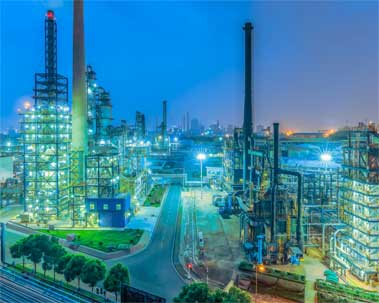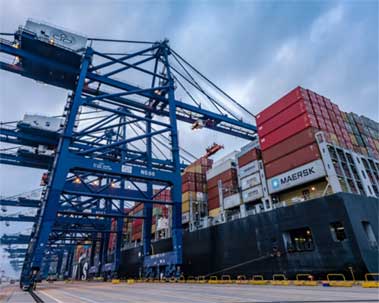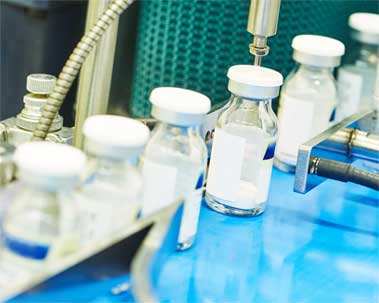Carbon graphite may be the best sealing surface to use in most water and chemical applications. Its corrosion resistance and natural lubrication provide the two functions we need in high-quality sealing surface materials. Sometimes there are questions about how to insert carbon into the mechanical seal. Should it be captured in some type of metal bracket, or would it be better to use "whole" or whole version?
Although monolithic surfaces have become popular in recent years, the use of carbon/metal fixed composite materials has some real advantages over the use of solid carbon/graphite surfaces:
You can use smaller cross-section carbon, which tends to be uniform when impregnated, thus eliminating excess cavitation and making it a better thermal conductor.
Carbon is stronger in compression than in tension. The metal bracket keeps the carbon surface compressed. The metal bracket is a good "radiator", which can take the extra heat away from the sealing surface.
Dynamic O-rings and other elastomer shapes slide move more easily on metal brackets than on carbon. When the shaft does not rotate, the elastomer tends to creep into the pores of carbon, resulting in a higher "separation friction" at start-up, which may be converted into lapped seal face openings.
Customers can learn about all kinds of carbon mechanical seal rings from us. These seals are manufactured with state-of-the-art technology, keeping in mind industrial standards. Our experienced engineers will design and manufacture these products in the most perfect way. These carbon seals are available in various sizes and they can also be customized according to customer specifications and requirements. The products offered are highly valued by customers for their quality and flexibility. As a customer-focused company, we provide these products at reasonable prices and we promise to deliver them on time.
 English
English français
français Deutsch
Deutsch Español
Español italiano
italiano русский
русский português
português العربية
العربية ไทย
ไทย čeština
čeština Polska
Polska


